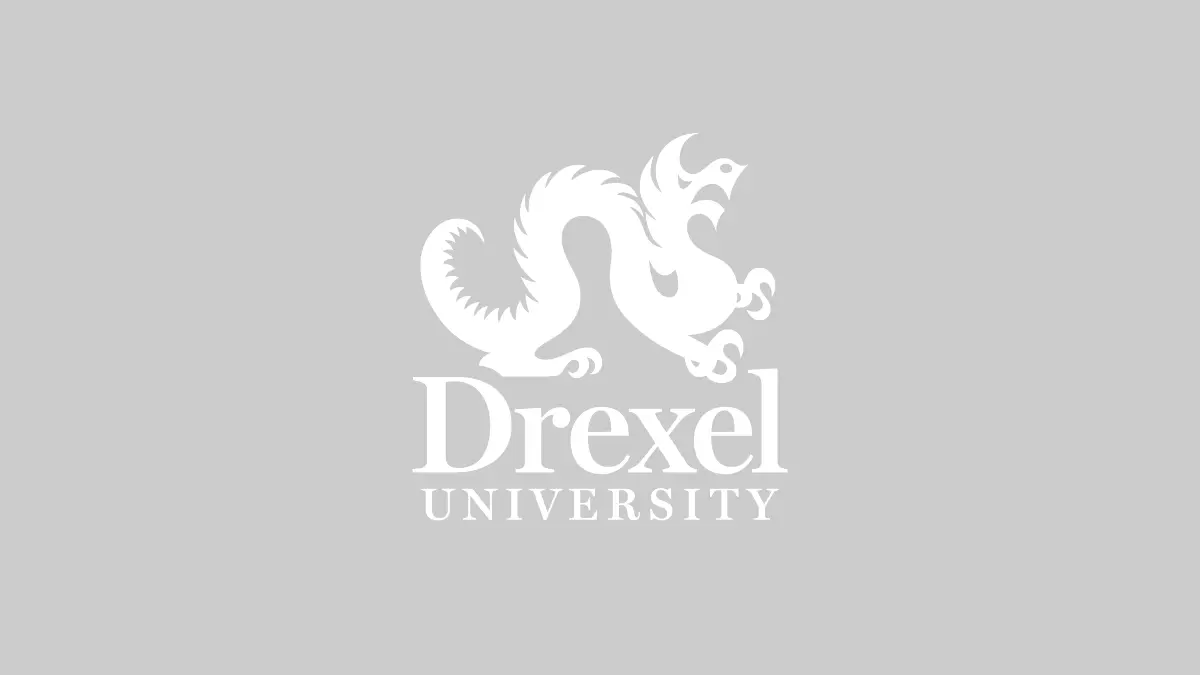
Here's to Health and a Better Bottom Line
Twice a week during her lunch hour, Sukhia laces up her tennis shoes and joins the dozens of Drexel employees who participate in the walking club, one of the many programs in Drexel’s “A Healthier U” wellness program. They walk briskly throughout University City with a leader choosing the path and setting the pace. Courses change daily to challenge participants and keep monotony at bay. Bad weather? No problem. They head to Drexel’s Rec Center indoor track for a few laps.
Is this an employee benefit? Not technically, says Chris Brutsche, director of benefits at Drexel. But “we want the wellness program to become a part of our culture. Healthier employees are more productive employees. There’s less absenteeism.”
Brutsche is not the only one who thinks this way. Throughout the country employers have implemented comprehensive wellness programs designed to improve employee health while improving the bottom line. And much of this has to do with mitigating the soaring cost of health insurance.
“Because of healthcare reform and the rising costs of insurance, many employers have moved to self-insuring, which means they’re paying the claims themselves,” says Mike Howley, Ph.D., a clinical associate professor of marketing and Corporate and Executive Education faculty member who also serves as a physician’s assistant. “Employers have a tremendous incentive to try to keep their workforce healthy. Healthier employees have fewer claims, so a healthier workforce makes financial sense for companies.”
Companies like Independence Blue Cross (IBC), a current partner of Drexel LeBow’s Corporate and Executive Education program, which is currently offering a business analytics certificate program, work with self-insured employers to help them collect and analyze data so that programs can be created to improve the health of their employees and reduce the number of claims.
The fifth largest private-sector employer in Philadelphia, Drexel made the leap to self-insurance three years ago for its 4,500 benefits-eligible employees. Rising costs were the trigger.
“We hired a consultant who basically told us that we’d be better off insuring ourselves,” Brutsche says. “Like in any organization, there were a few high claims within our community which could have been devastating. Since we are large, we could absorb the costs, and we were also able to purchase stop-loss insurance so there were no worries. When claims exceed a certain amount, we are no longer liable. We decided to move forward with the change.”
Moving forward also meant creating a full-fledged wellness program for Drexel with a dedicated administrator. Vic Tringali, an entrepreneur and fitness expert, was hired to develop “A Healthier U.”
“We know that doing nothing does not work when trying to get healthy,” says Tringali, executive director of university wellness. “Basically, there are three things that people have to do. They have to exercise, eat right and avoid using tobacco. My role is to create an environment and programming that are supportive of those three specific behaviors in order to target risk factors.”
Before a program could be completely developed, however, the health of the university population had to be determined. Through email communication and special events, employees were encouraged to fill in the health risk assessment (HRA) that asked questions about their current health and lifestyle, and for their efforts, they received a $150 health insurance premium reduction.
Onlife Health was contracted as an external vendor to implement the HRA and helps Drexel analyze this data. IBC, which was still managing Drexel’s medical claims, was tapped to collect and analyze the information collected from employees.
“Analysis of claims data can not only provide tremendous insights about health and wellness of employees but also guide the strategy for improving care and reducing cost,” says Somesh Nigam, Ph.D., chief informatics officer at IBC. “We use data to provide our clients with the statistics and analytics they need to create their well-ness and care management programs. Complex algorithms are used to analyze information. We convert it to actionable form for our members and their providers to help identify and fill care gaps, create tailored wellness programs and manage chronic diseases such as diabetes or asthma. Employees receive personalized instruction and engagement to follow based on their health status and biometric information.”
Monthly and quarterly reports are generated by IBC to customers about the employees’ general health and areas of concern based on the claims processed. This is not information about any one individual, but the population as a whole.
Tringali takes the information from there. After learning what challenges the employee population is facing, programs are created.
“We have a relatively small population of tobacco users compared to national trends — which is great,” Tringali says. “For those who need it, there are a variety of tobacco cessation programs available. Unfortunately, we do have a fair amount of employees who are at risk for chronic diseases which can be linked to a lack of exercise and poor nutritional habits, so offering classes in nutrition and exercise incentives, such as a reduced gym membership fee and personal training sessions, address some of those concerns.”
Like anything, participation is key. “Engagement is essential, and marketing is everything,” Tringali adds. “We send emails, postcards and newsletters about new programs and reminders to sign up for classes. You want to get people to buy into it.” In certain cases, Drexel employees receive incentives such as gift certificates or gift cards for participation in events, monetary rewards, reduced insurance costs and even free gym memberships. About 700 employees are members of the gym.

A robust website was also developed with information about programs, exercise classes, free massage offerings and testimonials encouraging employees to participate. There are healthy eating habits mentioned in Drexel Now, the weekly newsletter sent to employees, and links on the university’s homepage to the “A Healthier U” website underscore the importance of the program. Tringali is in the process of working with Sodexo, the university’s dining provider, to highlight healthy menu choices and nutritional information in dining halls and campus restaurants. Social activities also contribute to employees’ overall health and happiness. Tringali has teamed up with Drexel’s Rec Center to create an employee olympics and intramural sports leagues in volleyball and softball.
But for employees with health issues such as diabetes or cardiovascular and cardiopulmonary diseases, IBC can better support their needs with analyses that delve deeper into disease management to create even more tailored programming for Drexel.
“Based on what we learn through data collection, we can provide things like reminders for medication, which is so important when treating disease,” Nigam says. “We also look at making sure appropriate tests are taken at the right time, and seeing the right specialists at the right time. We use claims data, analyze them and use algorithms to not only understand their risk scores, but the severity of their disease and figuring out if there are any care gaps.
If they are diabetic, are they getting the right test or if they are diabetic with hypertension, are they getting the right medication? This is what we do on the back end at IBC.“
So far, the bottom line is looking healthier.
Drexel has had 5 percent increases in healthcare costs for the last two years compared to 11 and 12 percent nationally. Something is working, and definitely the self-insurance is helping. Claims are down. People appear to more focused on improving their health.
“We are still in the need of a larger cross- section of the population participating, and we want to make sure that we get a good foundation so our benchmarks are accurate,” Tringali continues. “We want to be able to see a trend and a return on our investment. There is relatively low turnover at Drexel, so we think we really have a great opportunity to track the overall health of our employees, as long as we continue to collect accurate data.
“We don’t force people to do anything,” he continues. “You can’t make someone join the gym and eat healthy. We try and encourage. We are trying to create a culture to make people active.”
As for Sukhia, she has added trips to the gym as part of her personal wellness initiatives and participated in an eight-part class on weight management to improve her nutritional goals.
“I used to think I ate well,” Sukhia says. “But after listening to the nutrition professor, I realized I didn’t. I set new goals. I’m eating healthier and exercising more now, and I’m feeling better.”

